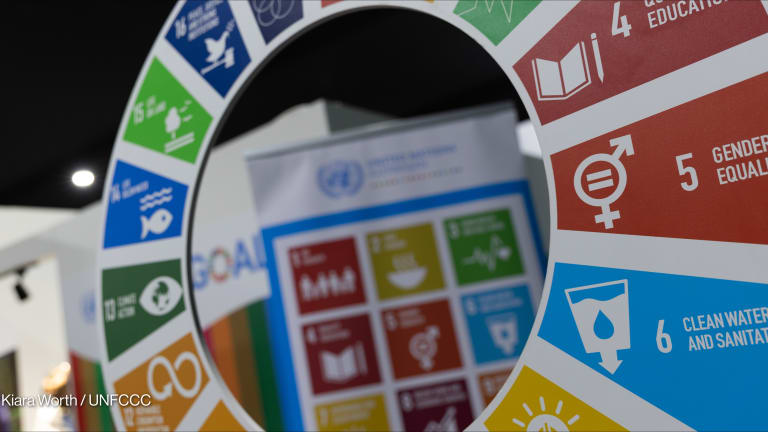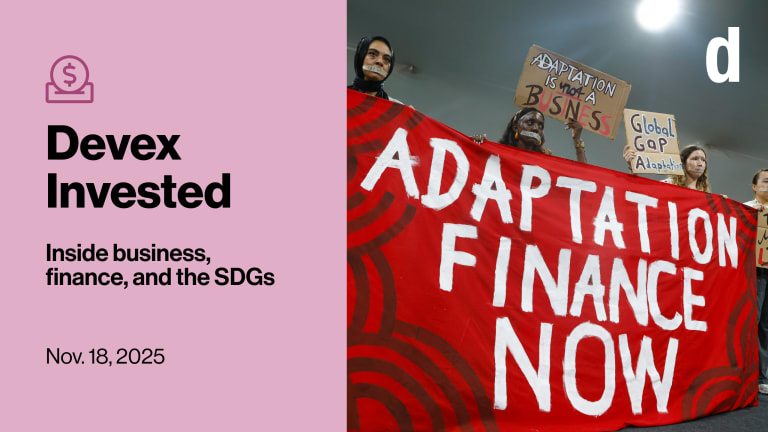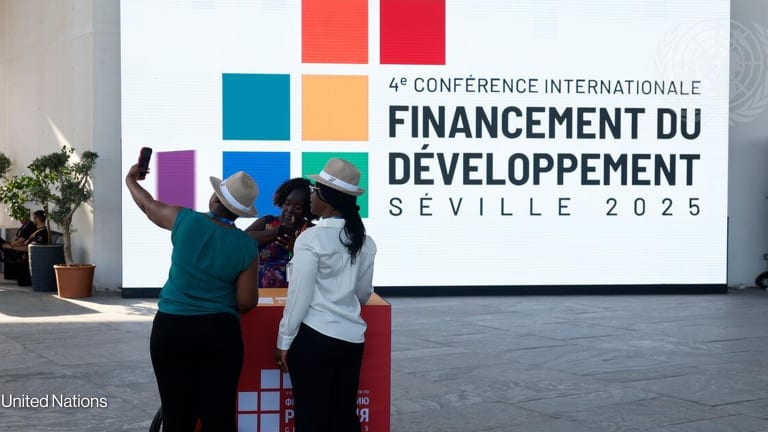
How much public money does your country send to other countries, and for what purposes? The short answer is: we don’t know. The only reliable figures are those for the aid provided to help developing countries, collected by the Organization for Economic Cooperation and Development and called official development assistance.
Unfortunately, even these figures are confusing, as they include large amounts of money that never leave the donor country, such as administrative costs and and the costs of accommodating refugees. A better place to look than the headline-grabbing ODA figures is a less well-known measure, called country programmable aid which the OECD says is “a better estimate of the volume of [ODA] resources transferred to developing countries.”
But what about other official flows that don’t meet the tight definitions for ODA or CPA, such as public subsidies for international private investments, or military and security aid? The OECD collects information on “other official flows” but these are really a dumping ground for flows that donors have failed to persuade the Development Assistance Committee to include in their ODA statistics.
So it’s clear that more effort should be made to collect and report how much public money really is flowing across borders: How else can citizens hold their governments to account, and assess if countries are meeting all their international commitments? It is also clear that unless such figures are carefully compiled, they risk providing a misleading picture and becoming a public relations tool, not a transparency exercise.
I set out, in a new paper, eight principles that should be observed by any international organization tasked with gathering accurate information on cross-border flows of official finance.
8 principles following cross-border flows of official finance
All flows:
1. Count official cost only.
2. Count flows only.
3. Count actual disbursements.
4. Count net flows over lifetime of project.
5. Do not double count.
6. Count all flows.
Development flows:
7. Count flows to developing countries
8. Ensure a developmental purpose.
It is important to take note of the following:
• Do not include “mobilized” or “leveraged” flows in total, i.e. those that actually leave the provider country.
• Not all commitments materialize: Disbursements are a better measure of actual flows.
• Count any reflows or return flows associated with the initial flow (repayments on loans, repatriated income from investments, etc).
• Do not use the same flows to report against two separate promises (for example, climate finance and ODA).
• Be careful not to provide a misleading picture by counting incomplete information.
• Use objective criteria for defining recipients list.
• Ensure flows have over-riding objective of supporting development in recipient country. If flows have a significant commercial or foreign policy objective, count them in those categories only.
Is TOSSD the answer?
The OECD is currently developing a new framework, provisionally called “total official support for sustainable development,” which aims to provide transparency on other financial flows beyond ODA that support the United Nations’ Sustainable Development Goals.
However, when Eurodad assessed the OECD’s detailed TOSSD proposals against the above principles, the picture was not pretty: there were significant problems with all principles, except principle 3. We were forced to conclude that unless the OECD’s new measure is significantly improved, it threatens to obscure more than it enlightens and, even worse, could help undermine rather than support the SDGs.
The major problem is related to official subsidies for international private investments. The OECD suggests ignoring principle 1, and count both the official subsidy, and any private investment that goes alongside it. This means, for example, if a donor provides a subsidy of $1 as part of a $1,000 investment, they would be credited with $1,000. This is an extreme example, but highlights the two main problems neatly.
First, there is no good way of measuring what is known as “additionality” — which basically means whether the private investment would have gone ahead anyway without the public subsidy. The perverse incentive this provides is clear: The smaller the public subsidy as a proportion of the overall investment, the more likely the investment would have gone ahead anyway, but the greater the credit the donor will receive under the OECD’s proposals.
The second major problem is that we cannot just assume that more international private finance is a good thing: It depends entirely on the quality of the investment, and whether it can be managed by the recipient country. The worst case scenario is well known: Countries attract a large amount of short-term investment or “hot money” which stampedes for the exit at the first sign of trouble, precipitating a financial and economic crisis.
Things don’t have to get this bad for it to be obvious that the OECD’s framework gives credit purely based on the size of the overall investment, taking no regard of the crucial issue of the quality of that investment.
Of course, the obvious question is why is the OECD embarking on this major new project rather than, for example, improving its existing measure of other official flows? It also seems to be side-stepping other major existing initiatives such as the International Aid Transparency Initiative and, as Eurodad pointed out in a letter to the OECD, are moving so fast that they risk excluding civil society groups and developing country governments from having meaningful input — even though these are two of the key users of information they plan to collect.
The obvious answer is that the OECD is being driven by the political imperatives of some of its members, who see an easy way to subsidise their own companies and get huge credit for this through inflated TOSSD numbers. This is one reason it is problematic for the ‘rich country club’ of the OECD to be in charge of this exercise.
How can the OECD dispel this impression, which threatens to undermine the whole TOSSD exercise? One simple way would be to announce that they will focus on counting official flows only — and will drop the effort to count the amounts “mobilized” by these flows. If they don’t do this, then the OECD risks undermining the very transparency they claim to be supporting.
Join the Devex community and access more in-depth analysis, breaking news and business advice — and a host of other services — on international development, humanitarian aid and global health.








